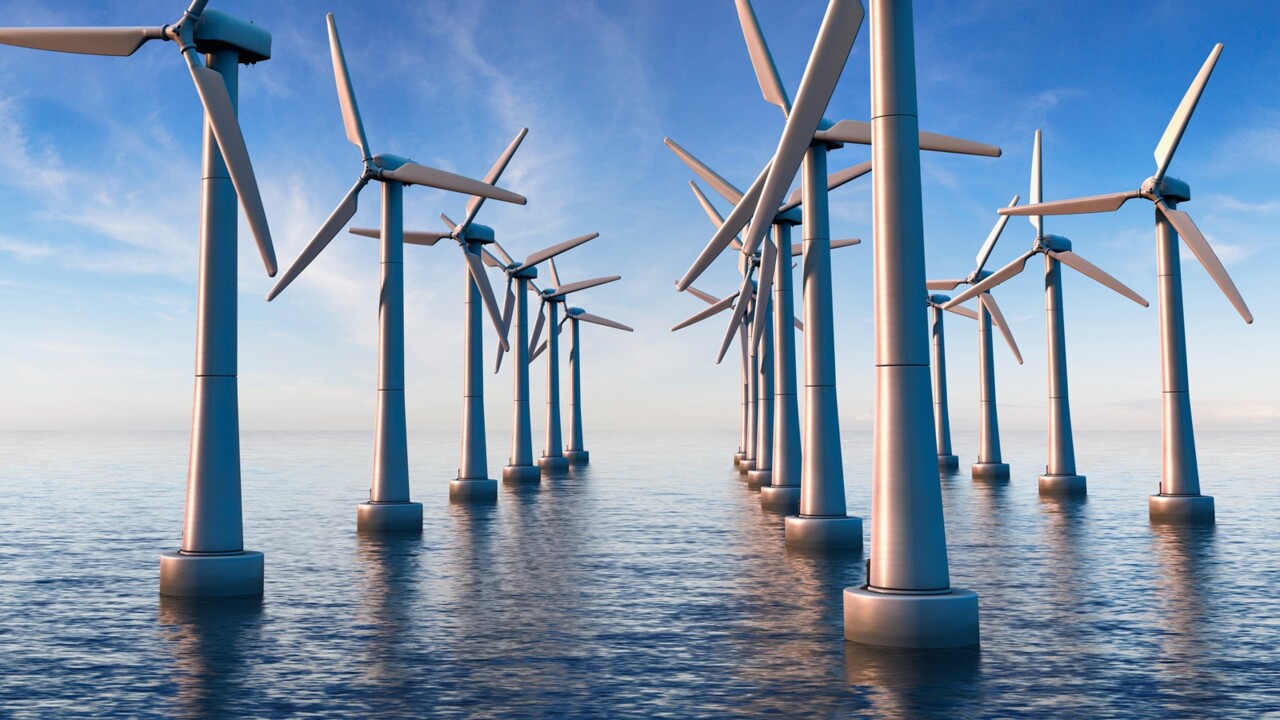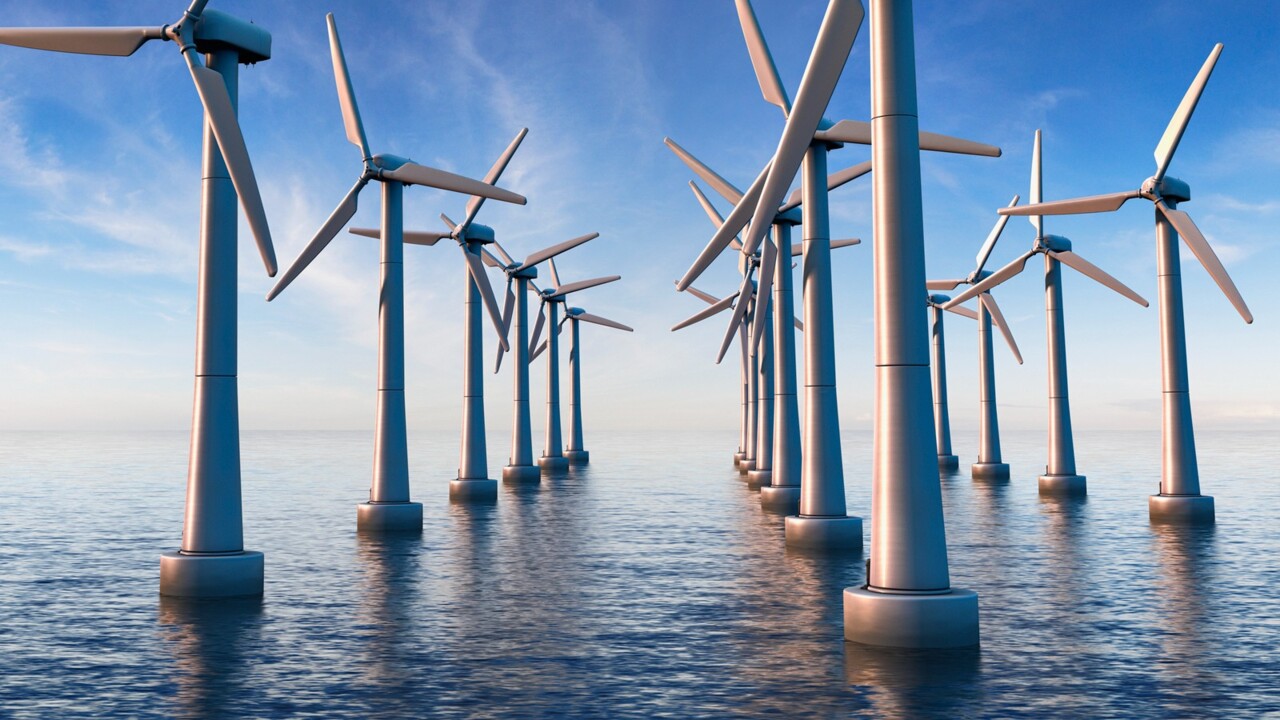Electricity bills rose between 9 and 20pc over the past 12 months, says energy regulator
Power bills have continued to rise over the past year, the country’s energy regulator says, although some reprieve could be imminent.

Australian electricity bills rose by up to 20 per cent over the past 12 months, the country’s energy regulator has said, although some reprieve could be imminent as the market endures less volatility than in 2022.
Figures from the Australian Energy Regulator underscore how electricity and gas have been a key driver behind the country’s cost-of-living crisis that has seen a record number of households and businesses claim hardship assistance as they struggle with soaring inflation and rapidly rising interest rates.
The AER has approved two consecutive years of price rises of up to 20 per cent, but retailers often discount against the default market offer in a bid to win and retain customers.
The AER said the market in 2023 was far less volatile compared with one year earlier.
The wholesale price was a major driver behind how much prices would rise in future, and the AER said there has been a marked improvement.

The average wholesale electricity prices were significantly lower than the record highs seen in 2022, the AER said. However, while wholesale gas prices also declined significantly from 2022 they still remained high by historical standards.
AER chair Clare Savage said improvements in the wholesale market over the past 12 months were driven by luck and the federal government’s move to cap the price of coal.
“Generally we have seen better market outcomes this year, aided by milder winter temperatures, improved generation availability and the impact of government interventions in coal and gas markets along with energy bill subsidies,” said Ms Savage.
Signs of lower increases to energy and gas bills will be welcomed by the Reserve Bank and the federal government, which has promised to deliver cheaper bills and accelerate the country’s energy transition.

Further increases to utility bills could provide a floor to inflation and force more interest rate rises.
Labor has legislated a target of having renewable energy generate more than 80 per cent of the country’s electricity by 2030, a target the Coalition has sought to blame for higher customer bills.
Much of the increase in household bills was driven by Russia’s invasion of Ukraine, which triggered a global energy crunch and sent prices for coal and gas to record levels.
Coal and gas are the biggest sources of electricity for Australia, and price rises in 2022 have now flowed through to retail bills.
The emissions target has increased pressure on fossil fuel generators. Coal, particularly, is under sustained economic and social pressure, and a spate of generators have announced plans to bring forward their retirement dates.
But Australia is struggling to develop sufficient renewable energy replacements, a fact acknowledged by Ms Savage.
“Work still remains to address energy affordability for consumers, co-ordinate the entry and exit of generation sources and ensure the timely and least-cost delivery of major transmission projects,” said Ms Savage.






To join the conversation, please log in. Don't have an account? Register
Join the conversation, you are commenting as Logout